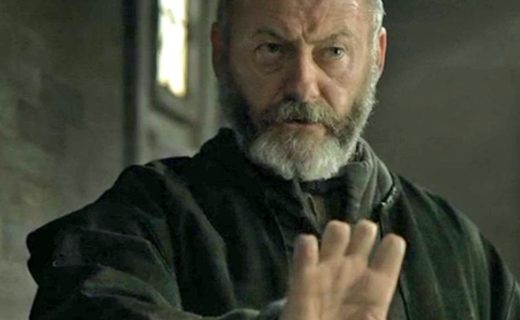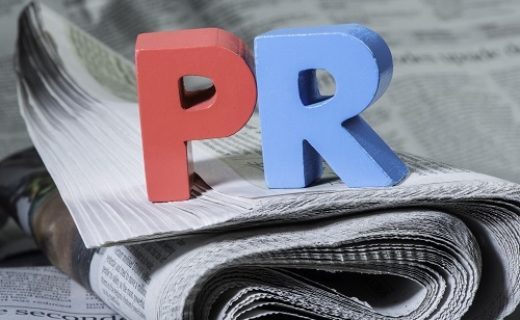Barnes & Noble announced that they will be closing 30% of their brick and mortar stores over the next ten years. They will be putting a greater emphasis on e-books and online sales. Barnes & Noble’s announcement represents a trend in the book world, readers are buying books online leading to the decline of brick and mortar book stores and more readers are purchasing e-books. For publishers and authors this offers challenges and opportunities in how they market and publicize their books.
For years, book signings, at book stores have been a major way that authors and publishers have promoted their books. First it guarantees a book will be in the book store which a major objective of publishers and authors. Many book stores do promotions designed around an author signing. Also media interviews are traditionally based on a book signing designed to have readers show up and purchase autograph copies of the book. Along with all of this is the online announcements promoting the signing and email marketing to reader’s list. Indeed national book tours have been planned in the past based upon book signings. With book stores becoming scarce, book signings and all the publicity they generate are no longer as readily available. Many book stores are becoming more selective on whom they allow to have a book signing and the number of book stores available for a signing has dwindled.
Also lost as e-books, grow in popularity is the free advertisements that authors got from their book covers. Book covers are designed to grab people’s attention. In major cities with public transportation such as the New York subway, people reading books was considered a great advertisement as other passengers would be looking at the cover and might be inspired to purchase the book. With e-readers this free advertisement is lost.
So then in this world of less book stores and e-books, what should an author or publisher to promote their book?
The first component for authors to stand out especially with the disappearance of book stores and e-books becoming dominant is blog tours. Blog tours are an author going from blog to blog rather than from store to store. Coverage may vary, but primarily consists of a book review, Q & A (either live or posted), and a book giveaway. Blog tours like book store tours, feature designated stops usually 10 to 20 top blogs based upon genre and can go on for several weeks to a month. Blog tours generate buzz for an author and their book. Readers who prefer e-books traditionally are very responsive to blog tours. Like the old book signing tours, blog tours as mentioned are only done for a certain period of time and are but one component of online publicity.
Social media is playing a greater role than ever before in book publicity. Any author needs a Facebook page, Twitter, LinkedIn, Pinterest, YouTube, and Myspace account. The entire purpose of these pages is to promote the book online and build up a following. Youtube offers a great venue for an author or publisher to have a book trailer, very similar to a movie trailer, it’s a brief commercial that will inspire a reader to go and purchase a book. On Facebook, Twitter, and Myspace, not only interviews, reviews, and awards can be posted but contests can be held as well. Also it allows authors to interact directly with their fans. With more people going to social media to make their buying decision or acquiring their news via social media, authors have to be on and active on their social media sites.
Amazon is the recognizable name for online sales. More consumers than ever before are purchasing their book via Amazon knowing they can get it overnight or download it in seconds. How then can you make your book stand out there? Reviews. Ask your friends, family members, fans on social media to leave reviews. Make your book stand out with a strong description. Encourage people to purchase the book on Amazon. All of this helps your ranking on Amazon and where your book is found in searches.
Finally, traditional media interviews still work despite the changing landscape of the book industry. Readers respond to authors they see interviewed or hear on the radio. It establishes a sense of creditability. It allows authors the ability to say that they and their book were mentioned in a publication or appeared on a television or radio show. It is the foundation of all branding. Interviews can be posted on social media sites and promoted both before and after the fact. Logos of the various media can be used on an author’s website. One interview on national television will reach millions of potential readers and allow an author and their book to stand out. For example, our agency had an author who wrote a book about decision making in business, a booking on FOX Business Network’s Cavuto led to his e-book being one of the most sought after on Amazon. Media interviews are an author’s best bet to have a book stand out.
Yes, the book world like everything else is changing. Yet readers still want to read and find the perfect book. The challenge in this changed landscape of books is to adapt your marketing and publicity to meet the demands of the changed world. Remember you may have written the best book in the world, but unless you promote it, nobody may read it.




